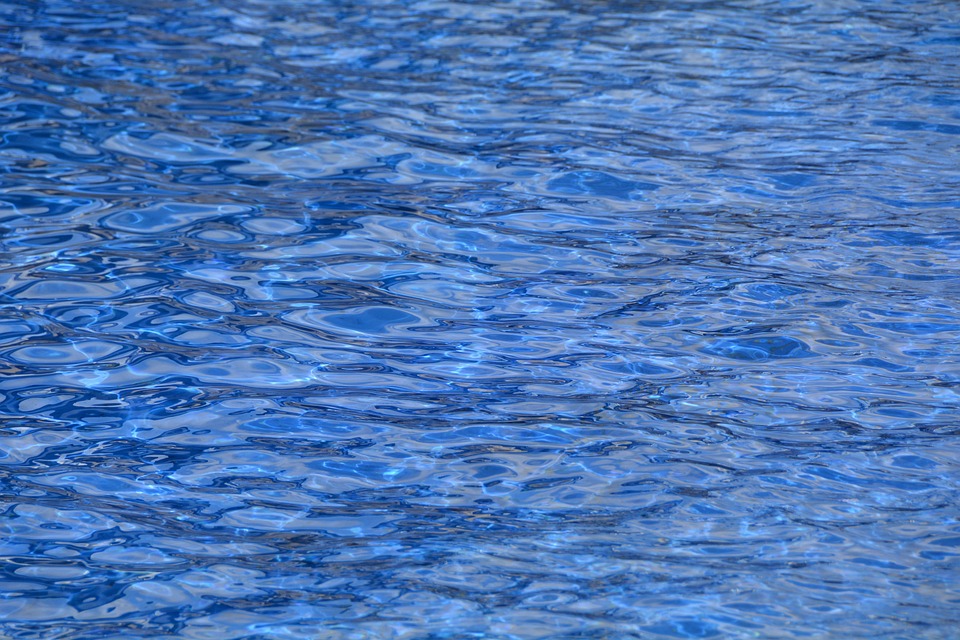In recent years, researchers have been making strides in uncovering the secrets of underwater microbes. These microscopic organisms are incredibly diverse, with different species thriving in a variety of environments, from the sunlit surface waters to the deepest trenches.
One of the most fascinating aspects of underwater microbes is their ability to survive in extreme conditions. Some species can withstand high pressures, freezing temperatures, and complete darkness. Others can metabolize toxic chemicals, such as oil and heavy metals, turning them into harmless substances.
These unique characteristics make underwater microbes essential players in the marine food chain. They form the base of the food web, providing energy for larger organisms like fish, whales, and even humans. Without these tiny organisms, the entire ecosystem would collapse.
But the role of underwater microbes doesn’t stop there. They also play a key role in the global carbon cycle. These organisms can photosynthesize, converting sunlight into energy and producing oxygen as a byproduct. This process helps regulate the Earth’s climate by absorbing carbon dioxide from the atmosphere.
Despite their importance, underwater microbes are notoriously difficult to study. Many of them cannot be cultured in the lab, making it challenging for scientists to observe them directly. Instead, researchers have developed new techniques, such as DNA sequencing and metagenomics, to study these elusive organisms in their natural habitats.
Through these innovative methods, scientists have uncovered a wealth of information about the secret lives of underwater microbes. They have discovered new species, identified novel metabolic pathways, and even found evidence of microbial communication and cooperation.
As our understanding of underwater microbes grows, so does our appreciation for the intricate web of life that exists beneath the waves. These tiny organisms may be invisible to the naked eye, but their impact on the marine environment is undeniable. By studying and protecting these microbes, we can ensure the health and stability of our oceans for generations to come.






























Add Comment